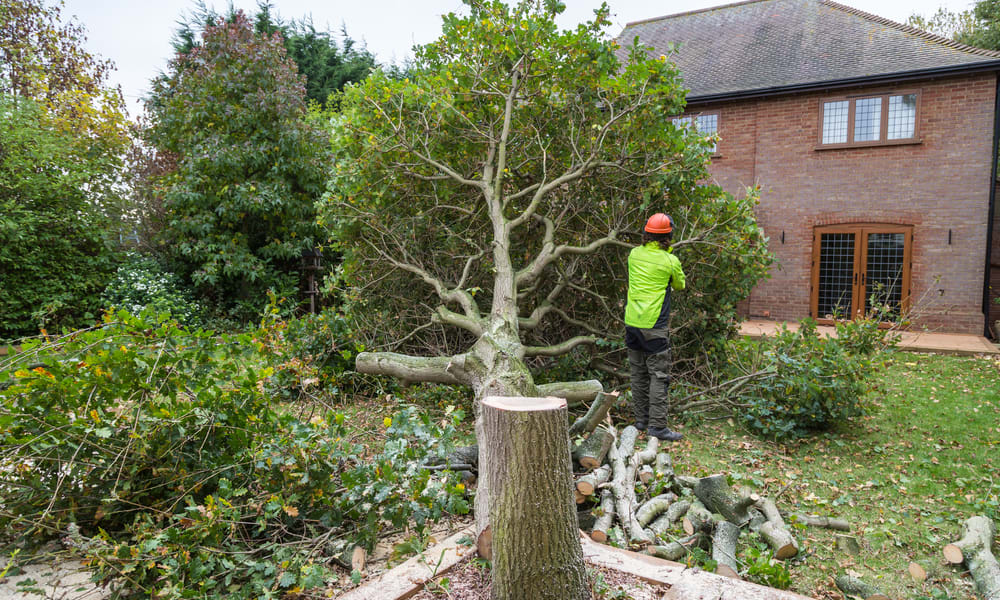Expert Tree Care: Beautify, Protect, and Boost Value
Trees are living assets that shape the look, comfort, and safety of any property. Professional tree services—from pruning and planting to emergency removals and inspections—preserve health, prevent hazards, and enhance curb appeal. Learn how certified arborists can protect your landscape and add lasting value to your home or commercial site.

Trees are more than decorative features; they act as environmental filters, shade providers, and long-term investments in your property. Proper tree care done by trained professionals keeps your landscape attractive, reduces safety risks, and supports the local ecosystem. Below is a guide to the most common arboriculture services, when to call a pro, how to choose a reliable provider, and what typical costs look like.
What services do arborists typically offer?
Certified arborists and professional tree companies deliver a broad range of services designed to maintain tree health and manage risk. Routine pruning removes dead, diseased, or crossing branches to improve tree structure and promote vigorous growth. Tree removal becomes necessary for specimens that are dead, irreparably diseased, structurally unsafe, or located where they pose a hazard. Stump grinding eliminates tripping hazards and frees up usable space, while stump removal can be performed for specific landscaping needs.
Many providers also handle new tree selection and planting, matching species to site conditions to ensure long-term success. Emergency tree care is another key offering, especially after storms when fallen or damaged trees present immediate dangers. Additional services may include soil testing and fertilization, pest and disease management, cabling and bracing for structural support, root care and aeration, and regular health inspections to catch problems early.
How professional tree care improves your garden and landscape
Skilled tree care enhances both form and function. Thoughtful pruning sculpts trees to accentuate their natural shape and improve sightlines, while strategic planting can create shade, block winds, and increase privacy. Healthy trees establish habitat for birds and beneficial insects, contributing to a more resilient, biodiverse yard.
Beyond aesthetics, well-maintained trees reduce long-term maintenance costs. Proactive treatments and timely interventions prevent small issues from becoming costly emergencies, and properly placed trees can lower energy bills by shading homes in summer and acting as windbreaks in winter. Curb appeal also benefits: mature, healthy trees are a strong selling point and can raise property values when cared for correctly.
When should you consider hiring a tree service?
Certain signs and situations indicate that professional attention is needed. Look for dead or hanging branches, visible decay such as cavities or fungal conks, split trunks, or a pronounced lean that has recently developed. If roots are heaving sidewalks or turf, or if construction or excavation may affect the root zone, consult an arborist before work begins.
Seasonal timing matters too. Late winter to early spring is often ideal for pruning before new growth begins, while post-storm assessments are essential for emergency interventions. If you notice unusual leaf drop, dieback, or pest outbreaks, early diagnosis and treatment by a pro can save a tree and limit spread to others.
What qualifications should you look for in a tree service provider?
Choose companies that employ certified arborists, as certifications show competency in tree biology, diagnosis, and safe work practices. Verify that the firm carries proper licensing and carries liability and workers compensation insurance to protect you from financial risk. Experience with properties like yours—residential yards, commercial campuses, or municipal settings—matters because each environment requires different approaches.
Ask for references, before-and-after photos, and detailed written estimates that outline scope, cleanup, and disposal. Inquire about safety procedures, equipment, and whether crews follow industry standards such as those from the International Society of Arboriculture. Open communication and a willingness to explain options are hallmarks of reputable providers.
Typical costs and what affects price
Below is a general pricing overview for common tree services. Costs vary by region, tree size, accessibility, and the complexity of the job. More hazardous or urgent jobs often carry higher rates.
| Service | Average Cost Range | Factors Affecting Price |
|---|---|---|
| Tree Pruning | $200 - $800 | Size of tree, accessibility |
| Tree Removal | $400 - $2,000 | Tree size, location, complexity |
| Stump Grinding | $100 - $400 | Stump size, root system |
| Tree Planting | $150 - $300 per tree | Species, size, labor |
| Emergency Services | $250 - $1,000+ | Urgency, complexity, time of day |
Prices, rates, or cost estimates mentioned in this article are based on the latest available information but may change over time. Independent research is advised before making financial decisions.
Making the most of your investment
Hiring professional tree services is an investment in safety, aesthetics, and long-term property value. While some basic yard tasks can be DIY, many tree operations require specialized equipment and expertise to avoid property damage and personal injury. Regular inspections and preventive care reduce the likelihood of catastrophic failure and prolong the life of your trees.
When you work with qualified arborists, you gain not only hands-on services but also guidance on species selection, spacing, and maintenance schedules tailored to your site. This holistic approach creates a healthier urban canopy, supports wildlife, and ensures your trees remain an asset rather than a liability.
If you care about the appearance, safety, or future value of your landscape, consulting a professional tree service is a sensible step. Get multiple estimates, prioritize certified and insured providers, and schedule routine care to keep your trees thriving for years to come.






